Real estate note investing lets you earn consistent returns, typically between 8% and 12%, by purchasing mortgage agreements. You’ll benefit from passive income without managing properties, backed by real estate collateral. Options include performing notes for steady cash flow or non-performing notes for higher returns at greater risk. Research the market, analyze borrower creditworthiness, and consider partnering with experts to diversify. Exploring further will uncover strategies to maximize your investment potential.
Key Takeaways
- Real estate notes offer returns between 8% to 12%, outperforming traditional investments like stocks and bonds.
- Investors can buy performing notes for stable cash flow or non-performing notes for higher returns at discounted prices.
- Notes are secured by real estate, providing collateral and reducing investment risk compared to unsecured assets.
- Potential risks include borrower default, interest rate fluctuations, and fraud, requiring thorough due diligence.
- Start by educating yourself, researching the secondary market, and considering partnerships with experienced fund managers.
What Are Real Estate Notes?
Real estate notes are legal documents that formalize a loan agreement between a borrower and a lender, outlining repayment terms and secured by the property involved. These notes consist of two key components: the promissory note, which specifies the loan amount, interest rate, and repayment schedule, and the mortgage portion, which grants the lender a claim on the property if the borrower defaults. In mortgage note investing, you either purchase these notes directly or acquire them from lenders. Performing notes, where borrowers consistently make interest payments, provide predictable cash flow, while non-performing notes, where payments are delinquent, offer potential for higher returns through restructuring or foreclosure. Your investment strategy hinges on analyzing factors like the borrower’s creditworthiness, property value, and market conditions. By understanding these dynamics, you can leverage real estate notes to generate steady income or capitalize on discounted assets. Early investment in real estate notes sets the stage for considerable appreciation over time, allowing for long-term financial growth.
Benefits of Investing in Real Estate Notes
When you invest in real estate notes, you can often achieve returns between 8% and 12%, which outperforms traditional assets like savings accounts or bonds. Real estate note investing offers a unique combination of passive income, security, and flexibility, making it a compelling addition to diversified investment portfolios. Here are some key benefits:
- Higher Yields: Purchasing mortgage notes at discounted prices, especially non-performing notes, can generate substantial returns through principal appreciation and interest payments.
- Collateral Security: Mortgage notes are backed by real estate, providing collateral. If borrowers default, you can pursue foreclosure processes to recover your investment.
- Passive Income: Unlike property ownership, you won’t deal with maintenance or tenant management, allowing for truly hands-off income generation.
- Flexibility: The active secondary market enables you to buy, sell, or exchange notes, offering liquidity and adaptability in managing your investments.
These advantages make real estate note investing a strategic way to achieve consistent, higher returns while minimizing direct involvement.
Types of Real Estate Notes Available for Investment

Investors exploring real estate notes encounter a variety of options, each with distinct risk and return profiles. Performing notes are loans where borrowers consistently pay principal and interest, offering stable cash flow and lower risk, making them a solid addition to your investment portfolio. Non-performing notes, where borrowers have defaulted, are priced at steep discounts but carry higher risk, appealing to those seeking alternative investment strategies. First lien notes, secured by real estate, provide the highest priority in repayment during foreclosure, ensuring greater security. Second lien notes, subordinate to first liens, can deliver higher returns but come with increased risk, as they’re paid only after first liens are settled. Commercial notes, typically unsecured and short-term, differ from residential mortgage notes, often featuring fixed interest rates. Understanding these types helps you tailor your real estate note investments to match your financial goals and risk tolerance.
Risks Associated With Real Estate Note Investing
While real estate note investing can offer attractive returns, it’s vital to recognize the inherent risks that could impact your financial outcomes. One significant risk is borrower default, which can trigger lengthy and costly foreclosure processes. Non-performing notes pose additional challenges, as they often require legal action to recover your investment. Interest rate fluctuations can also affect the market value of mortgage notes, particularly fixed-rate ones, potentially reducing resale profitability. Fraud risk is another concern, as counterfeit notes or misrepresented mortgage statuses can lead to substantial losses. To mitigate these risks, thorough due diligence is important; skipping this step may expose you to hidden liens or other encumbrances that complicate recovery efforts. Additionally, engaging a real estate attorney can enhance the enforceability of agreements and provide clarity on legal documentation required for seller financing.
Key risks to take into account include:
- Borrower default and subsequent foreclosure complexities.
- Declining market value due to interest rate fluctuations.
- Fraud risk associated with counterfeit or misrepresented notes.
- Hidden liens or encumbrances resulting from inadequate due diligence.
Understanding these risks guarantees more informed investment decisions.
Steps to Start Investing in Real Estate Notes

To begin investing in real estate notes, you’ll first need to educate yourself on the various types of mortgage notes, including performing and non-performing notes, to grasp their risks and potential returns. Start by researching the secondary mortgage market to identify notes for sale from banks, hedge funds, or online exchanges, often available at discounted prices. Utilize specialized resources and training programs to understand the underwriting process and conduct due diligence to assess the quality of mortgage notes. Focus on performing notes initially, as they offer passive income through consistent monthly payments, typically yielding around 9% or more while minimizing risk. Diversify your investments by partnering with experienced fund managers or joining a note investing fund, leveraging their expertise in sourcing and managing quality mortgage notes. This strategic approach helps you build a portfolio of reliable investment vehicles while mitigating exposure to potential defaults. Additionally, consider financing options like hard money loans to fund acquisitions of properties tied to the notes, enabling quicker access to capital for profitable opportunities.
Conclusion
You’ll diversify your portfolio, reduce risk, and release steady cash flow. You’ll analyze opportunities, assess borrower profiles, and calculate potential returns. You’ll face challenges, navigate defaults, and mitigate risks. You’ll grow wealth, build expertise, and achieve financial freedom. Investing in real estate notes isn’t just an alternative—it’s a strategic move backed by data, supported by insights, and driven by results. Take the leap, seize the opportunity, and transform your investment journey today.




